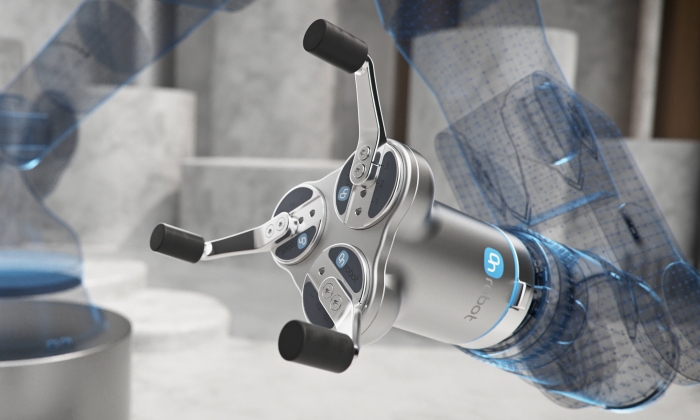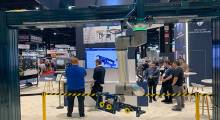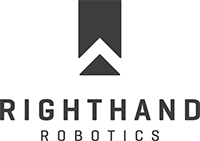It could be said that robots are only as good as the tools they have installed. Whether it's moving pieces of food or lugging around crates of toiletries or other goods, robots need to be fast and efficient. They also must provide a strong return on investment.
Warehouse and manufacturing facility operators are always on the hunt to improve their supply chain processes. End-of-arm tools (EOAT) allow robots to have better control, accuracy, and precision, enabling autonomous systems to have more capabilities.
There are a wide range of robot arm tools, including grippers, collision sensors, and welding torches.
Materials handling is a big market for EOAT
The EOAT market is estimated to increase by $892 million between 2020 and 2025, according to the report “Robotics End-Of-Arm Tooling Market by Application and Geography—Forecast and Analysis 2021-2025” from market research firm Technavio.
“Manufacturers have been increasing their investments in industrial robots for assisting in a varied range of activities that human workers or alternative systems are performing,” said the report.
“For achieving this, various end-user industries are increasing the adoption of EOAT which can handle multiple sizes, geometries, materials in multiple tasks without having to switch from one EOAT to another,” according to Technavio. “Furthermore, vendors have been incorporating advanced features including servo motors and pre-configurability using multiple axis controllers in grippers.”
The report also noted that a particularly big market for EOAT will be the materials handling sector. That is due to an increase “demand for industrial robots for applications such as pick and place, bin picking, loading and unloading, press tending, packaging, die casting, forging, and forming during the forecast period.”
Check out the slideshow on the left (bottom on mobile) of some top EOAT providers in alphabetical order. You'll see that they span the globe and offer various tool options for customers.
About the Author
Follow Robotics 24/7 on Linkedin
Article topics
Email Sign Up





























